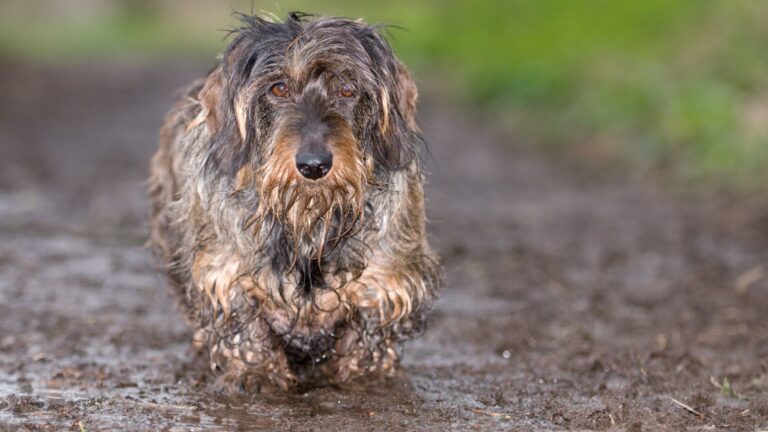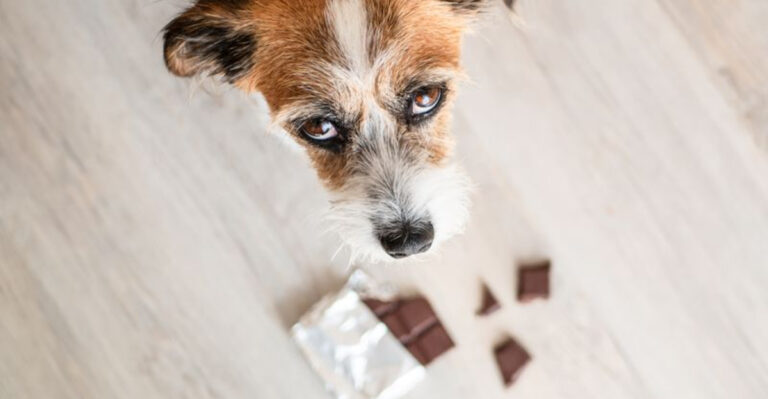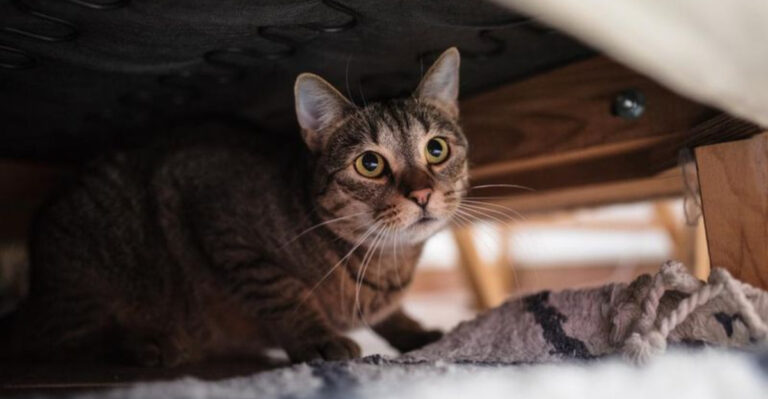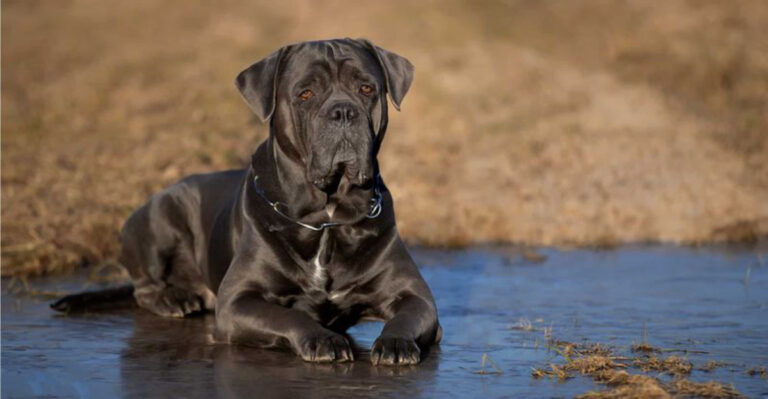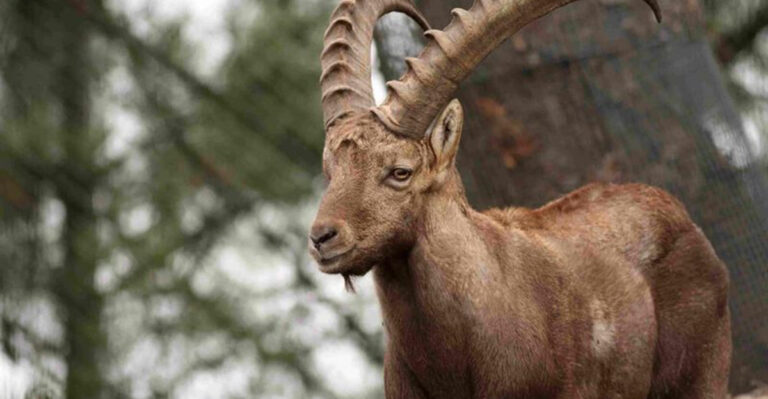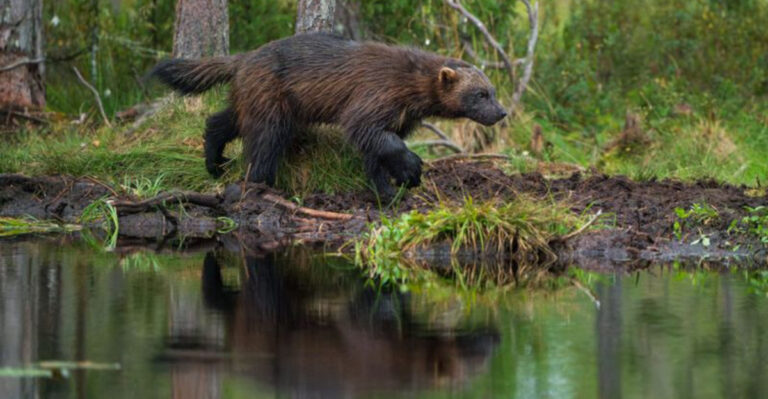7 Dog Breeds That Can Survive In The Wild And 7 That Can’t Handle Harsh Conditions
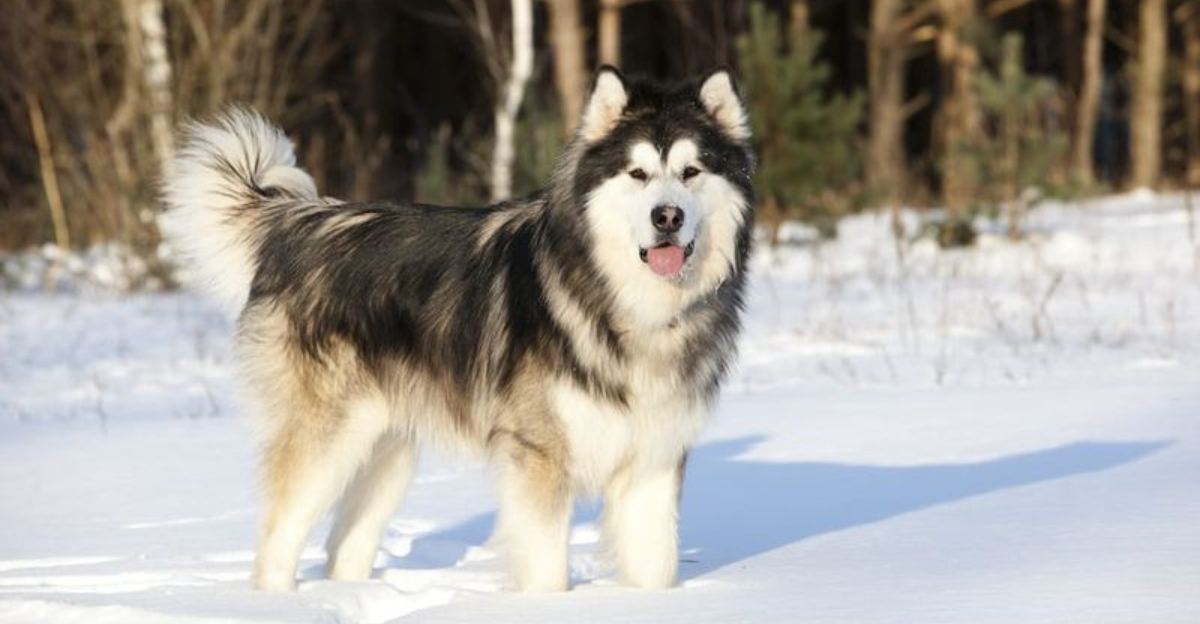
Ever wondered which of our furry friends could hack it if they suddenly had to fend for themselves in the wild? Not all dogs are created equal when it comes to surviving tough conditions.
Some breeds have retained their ancient survival instincts and physical adaptations, while others have been bred for looks or companionship at the expense of hardiness.
Let’s explore which pups could rough it outdoors and which would need a doggy rescue ASAP!
1. Siberian Husky
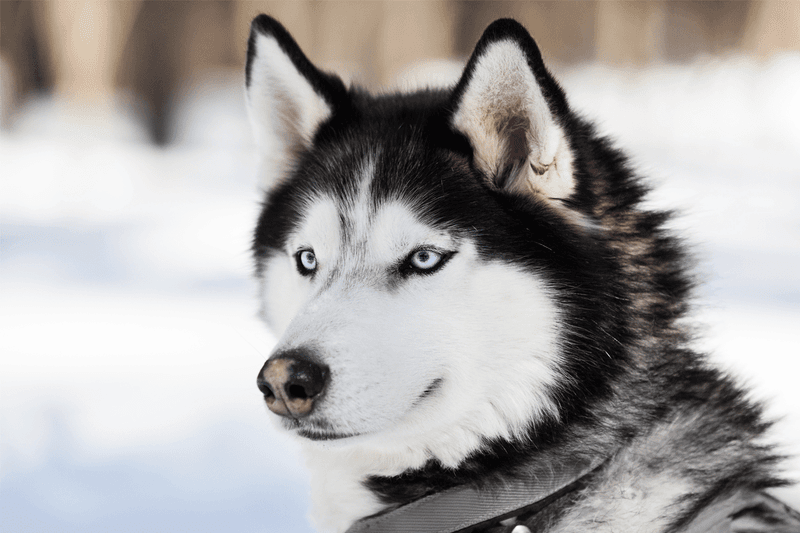
Born to pull sleds through Arctic blizzards, these blue-eyed beauties are practically snowstorm royalty. Their double coat insulates against temperatures dropping to -60°F while their efficient metabolism requires surprisingly little food to keep going.
Huskies retain strong pack instincts and hunting abilities that would serve them well if abandoned. Their webbed paws act like natural snowshoes in harsh terrain.
2. German Shepherd
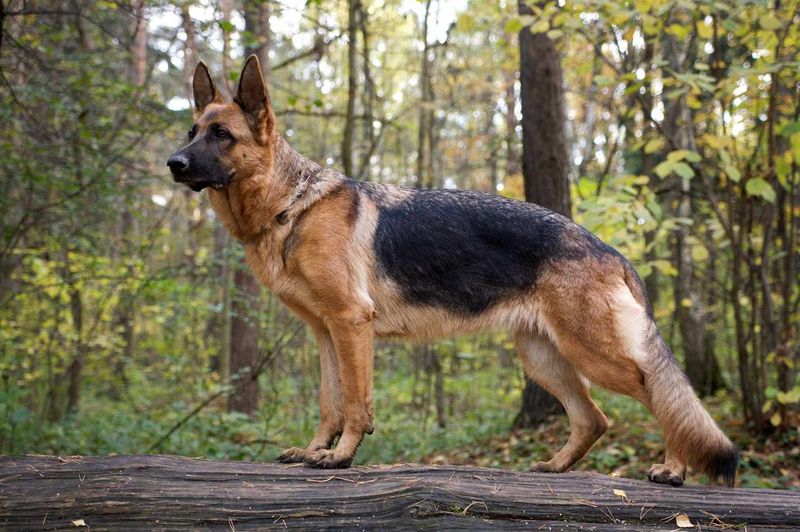
Natural problem-solvers with brains to match their brawn, German Shepherds excel at adapting to new challenges. Their thick coat provides protection from elements while their powerful bodies can chase down prey when hungry.
These canine geniuses can learn to hunt small animals and find water sources instinctively. Their territorial nature and protective instincts make them formidable survivors in almost any environment.
3. Australian Cattle Dog
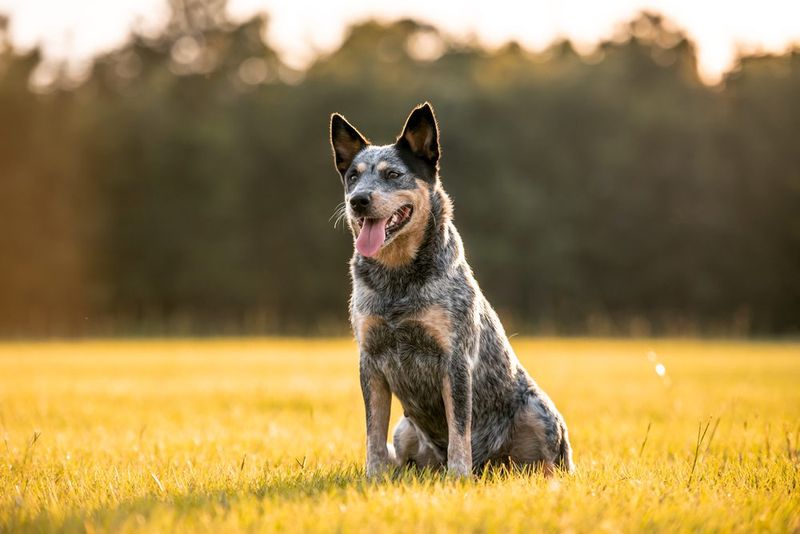
Tough as nails and twice as clever, these compact powerhouses were bred to endure the harsh Australian outback. Their weather-resistant coat shrugs off extreme temperatures while their independent thinking helps them solve survival problems.
Originally developed from dingo stock, they’ve retained natural hunting instincts and remarkable endurance. These dogs can travel vast distances while requiring minimal water – perfect for wilderness survival.
4. Alaskan Malamute
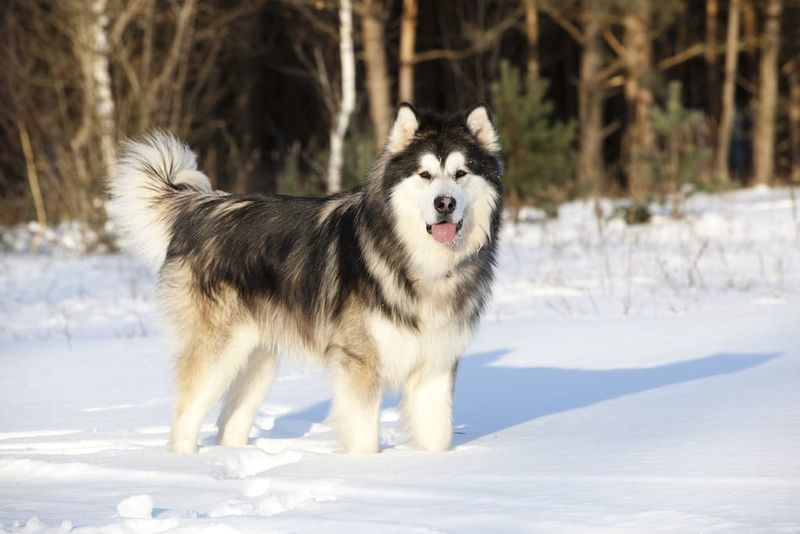
Arctic powerhouses with paws like snowshoes, Malamutes laugh in the face of winter’s worst. Their incredibly dense double coat keeps them comfortable at temperatures that would freeze other breeds solid.
Strong prey drive and pack mentality make them natural hunters, while their powerful jaws can crush bones for nutritional marrow. These gentle giants become resourceful survivors when nature calls, digging snow dens for shelter.
5. Catahoula Leopard Dog
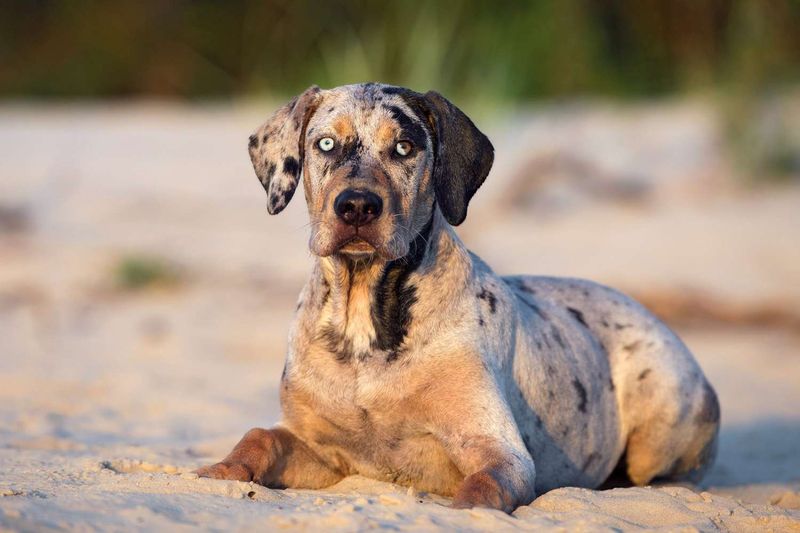
Swamp-savvy and fiercely independent, these Louisiana legends were bred to hunt wild boar through unforgiving bayou terrain. Their webbed feet make them excellent swimmers while their tough paw pads resist cuts from rocky terrain.
Natural hunting instincts remain razor-sharp in these dogs. Their unique problem-solving abilities and remarkable sensory awareness would help them track prey and avoid predators in wilderness situations.
6. Carolina Dog
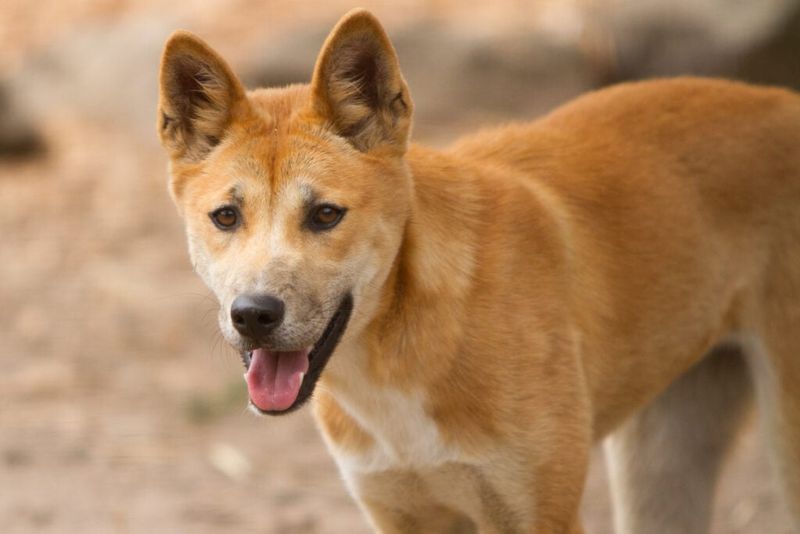
Living fossils of the canine world, these wild-looking pups survived for thousands of years in the American Southeast without human help. Their dingo-like appearance isn’t coincidental – they’re one of the most primitive dog types in North America.
Masters of self-sufficiency, they instinctively dig snout pits to find water and small prey. Their bodies efficiently process limited food sources while their natural wariness helps them avoid dangerous situations.
7. Norwegian Elkhound

Viking companions with weather-defying coats, these ancient hunters tracked moose through Scandinavian forests for over 6,000 years. Their unique gray coloration provides perfect camouflage in northern forests during dawn and dusk hunting hours.
Incredibly resourceful, they can survive on minimal food while their thick undercoat keeps them comfortable in sub-zero temperatures. These dogs naturally form hunting packs and can track prey for miles through harsh terrain.
8. Pug

Squish-faced sweethearts with hearts of gold, pugs face a survival nightmare in harsh conditions. Their trademark flat faces cause breathing difficulties even in mild weather, while their single-layer coat provides almost no protection against cold or heat.
Unable to regulate body temperature effectively, pugs quickly overheat or become hypothermic. Their bulging eyes are vulnerable to injury, and their stubby legs wouldn’t help them escape predators in the wild.
9. Chihuahua
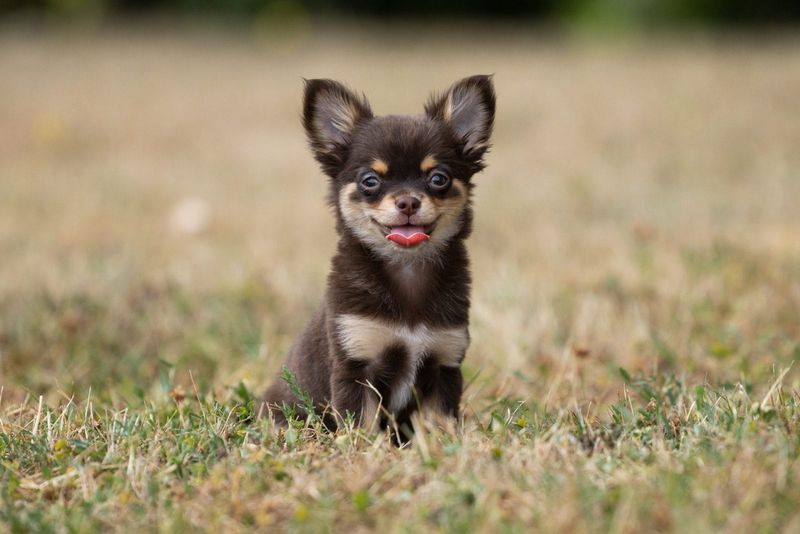
Pocket-sized companions with oversized personalities, Chihuahuas would face enormous challenges in wilderness settings. Their tiny bodies lose heat rapidly, making cold environments immediately life-threatening without proper shelter.
Weighing less than a bag of sugar, these mini pups would become fast food for predators from hawks to coyotes. Their delicate bone structure and high metabolism require consistent, quality nutrition that would be impossible to maintain in the wild.
10. Dachshund

Sausage-shaped hunters with hearts bigger than their legs are long, dachshunds face serious survival limitations outside human care. Their elongated spines make them prone to devastating back injuries during even basic wilderness activities like jumping or climbing.
Short legs severely limit mobility in rough terrain, while their long bodies lose heat quickly in cold conditions. Though bred for hunting, modern dachshunds lack the speed and agility needed to catch wild prey or escape larger predators.
11. Greyhound
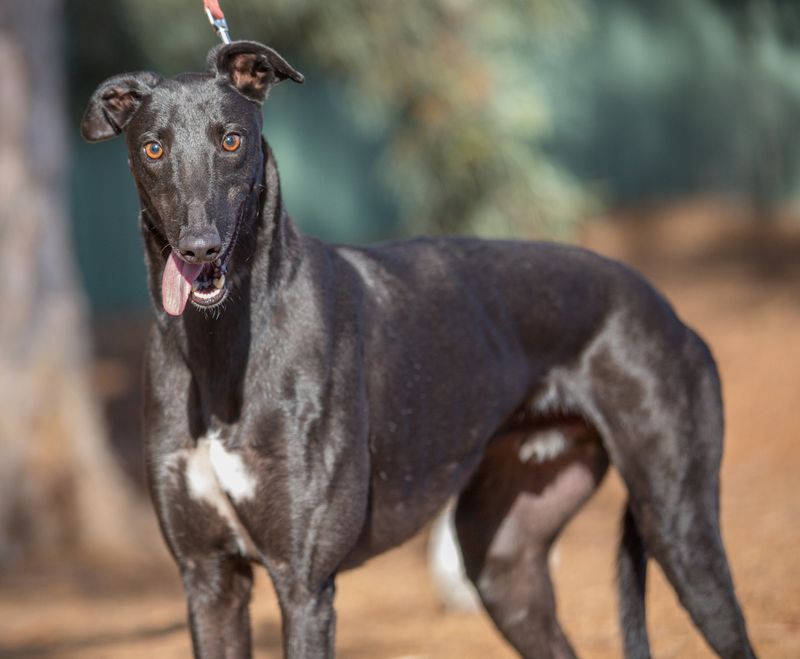
Speed demons built for the racetrack, not the wilderness, these gentle giants have almost no body fat to insulate against cold. Their paper-thin skin tears easily on branches or thorns, while their single-layer coat offers minimal protection from elements.
Despite incredible bursts of speed, greyhounds lack endurance for sustained hunting. Their specialized physiology requires high-quality nutrition and careful temperature management that would be impossible to maintain without human caretakers.
12. French Bulldog
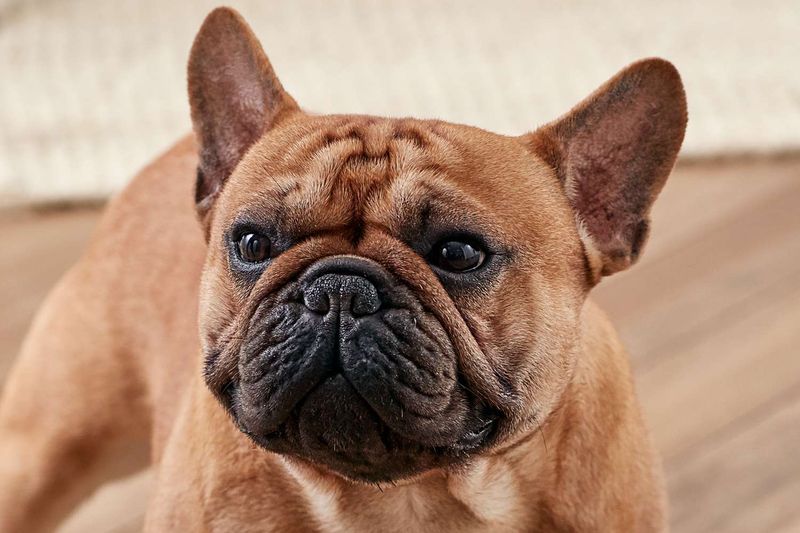
Bat-eared charmers with stubborn streaks, Frenchies face a perfect storm of survival challenges. Their severely shortened airways make breathing difficult even in ideal conditions, while exercise in heat or humidity can quickly become life-threatening.
Unable to swim due to their top-heavy build, these pups would drown in water obstacles. Their compact bodies struggle to regulate temperature in both hot and cold environments, making almost any wilderness setting dangerous.
13. Shih Tzu
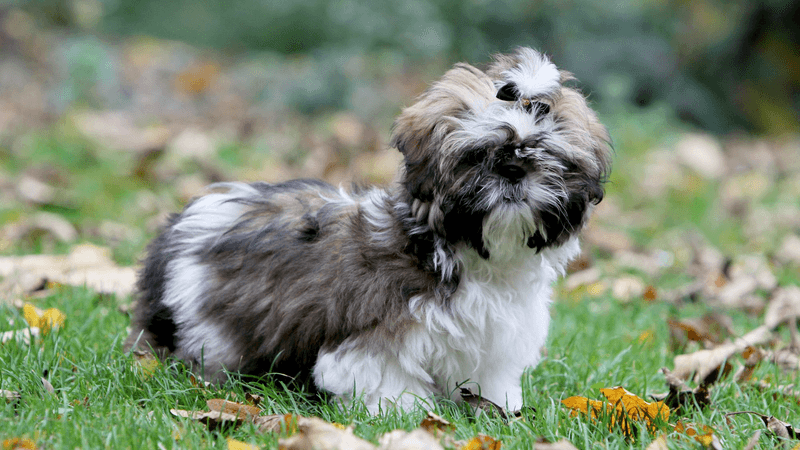
Royal lapdogs with flowing locks, these ancient companions were never meant to face nature’s challenges. Their long, luxurious coats quickly become matted disaster zones without regular grooming, collecting debris and parasites while providing minimal weather protection.
Bred specifically for indoor palace life, Shih Tzus lack hunting instincts and have virtually no prey drive. Their flat faces cause breathing difficulties while their tiny jaws couldn’t process the tough foods available in wilderness settings.
14. Maltese
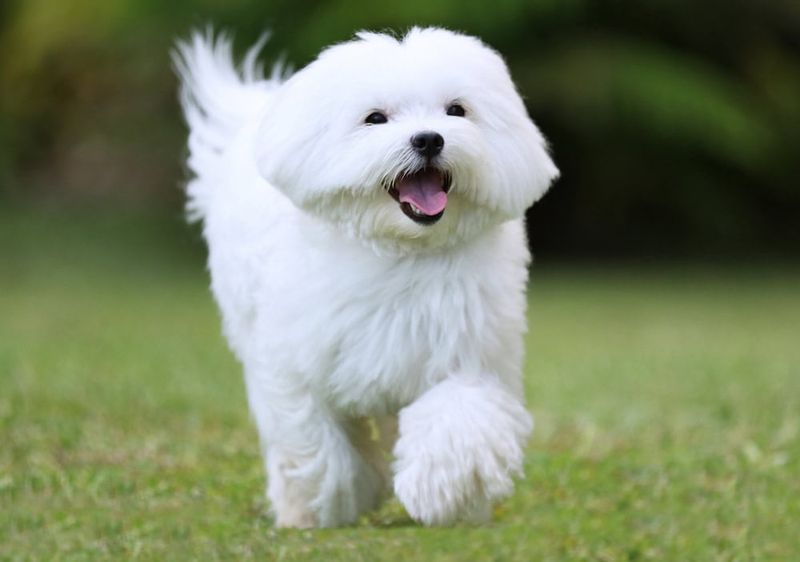
Snow-white sophisticates with silky, floor-length coats, Maltese dogs would face immediate challenges in any wild setting. Their pristine white fur offers zero camouflage, essentially creating a “eat me first” sign visible to predators from remarkable distances.
Weighing just 4-7 pounds, these tiny treasures lack the strength to hunt anything larger than a cricket. Their delicate digestive systems require consistent, high-quality nutrition while their thin coats provide minimal protection from temperature extremes.

